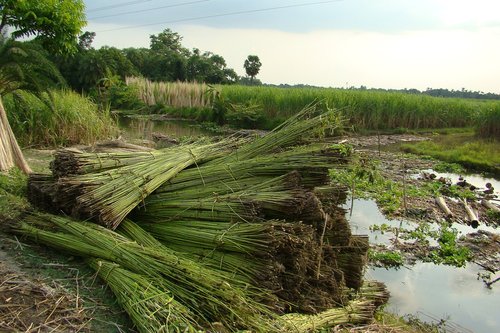
6 min read
The Provenance of Craft: Natural Materials and Their Cultural Roots
WLLW traces the deep roots of natural materials used in artisanal crafts and their role in healthy and sustainable design.
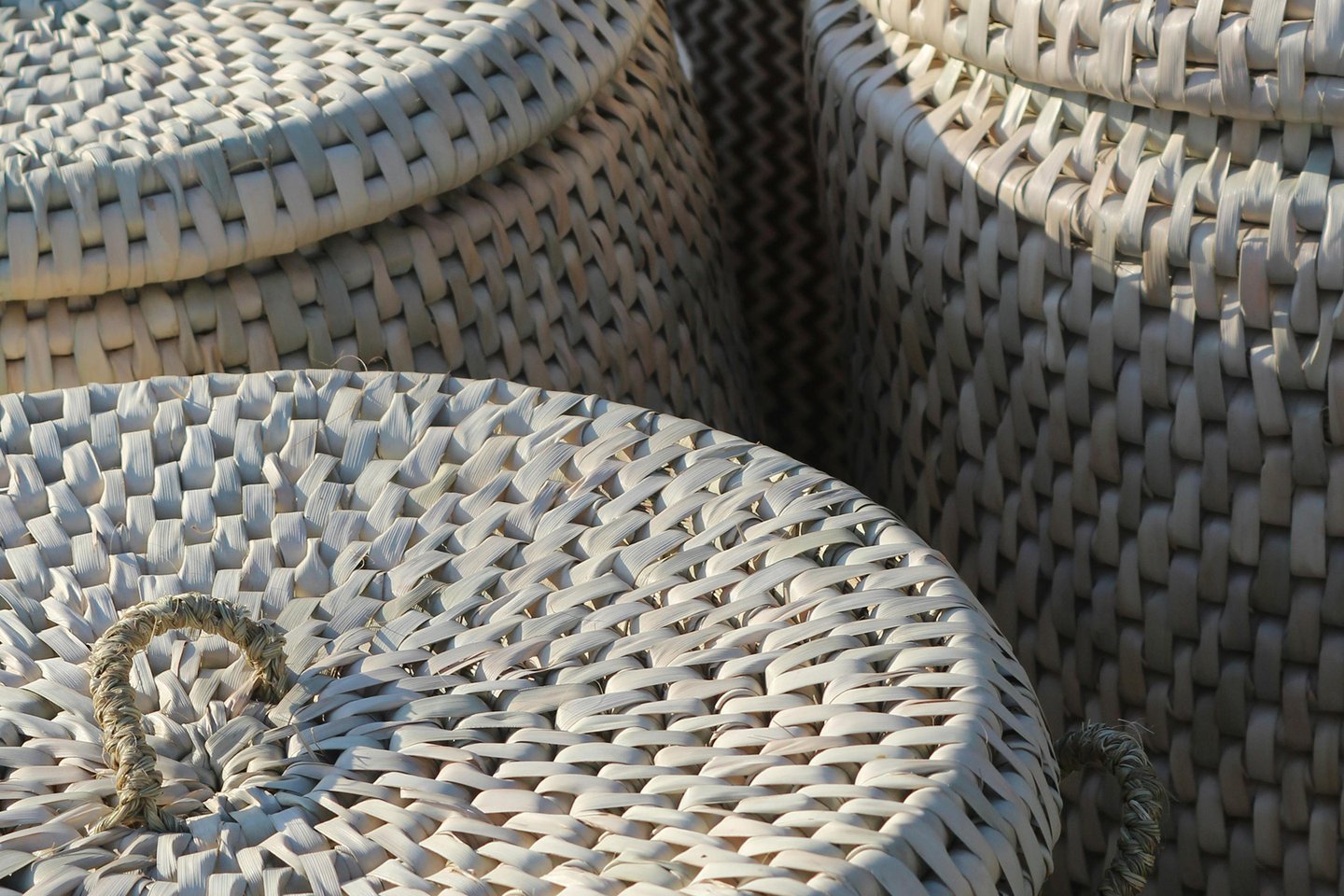
4 min read
In the latest installment of our Healthy Materials Series, we consider how the use of rattan supports healthy homes and contributes to thriving forests.
Rattan has been used for centuries, with indigenous communities in Southeast Asia among the first to harvest and weave it into baskets, mats and fishing equipment due to its strength and pliability. During the colonial period, European traders introduced rattan to the West, where it became popular for furniture, particularly in the Victorian era. Rattan grows as a climbing vine, using surrounding trees for support and stretching up to 330 feet long. Indonesia remains the largest producer, supplying around 80 percent of the world’s rattan, while it also thrives in Australia, Malaysia, the Philippines and parts of Africa. Its solid core, unlike the hollow structure of bamboo, makes it exceptionally strong yet flexible, ideal for crafting furniture, baskets, lighting fixtures and decorative objects. Some rattan fruits contain a red resin known as ‘dragon’s blood’ which was traditionally used to dye violins. Today, rattan remains a popular choice for interiors, valued for its natural aesthetic, lightweight structure and sustainable potential when harvested responsibly.
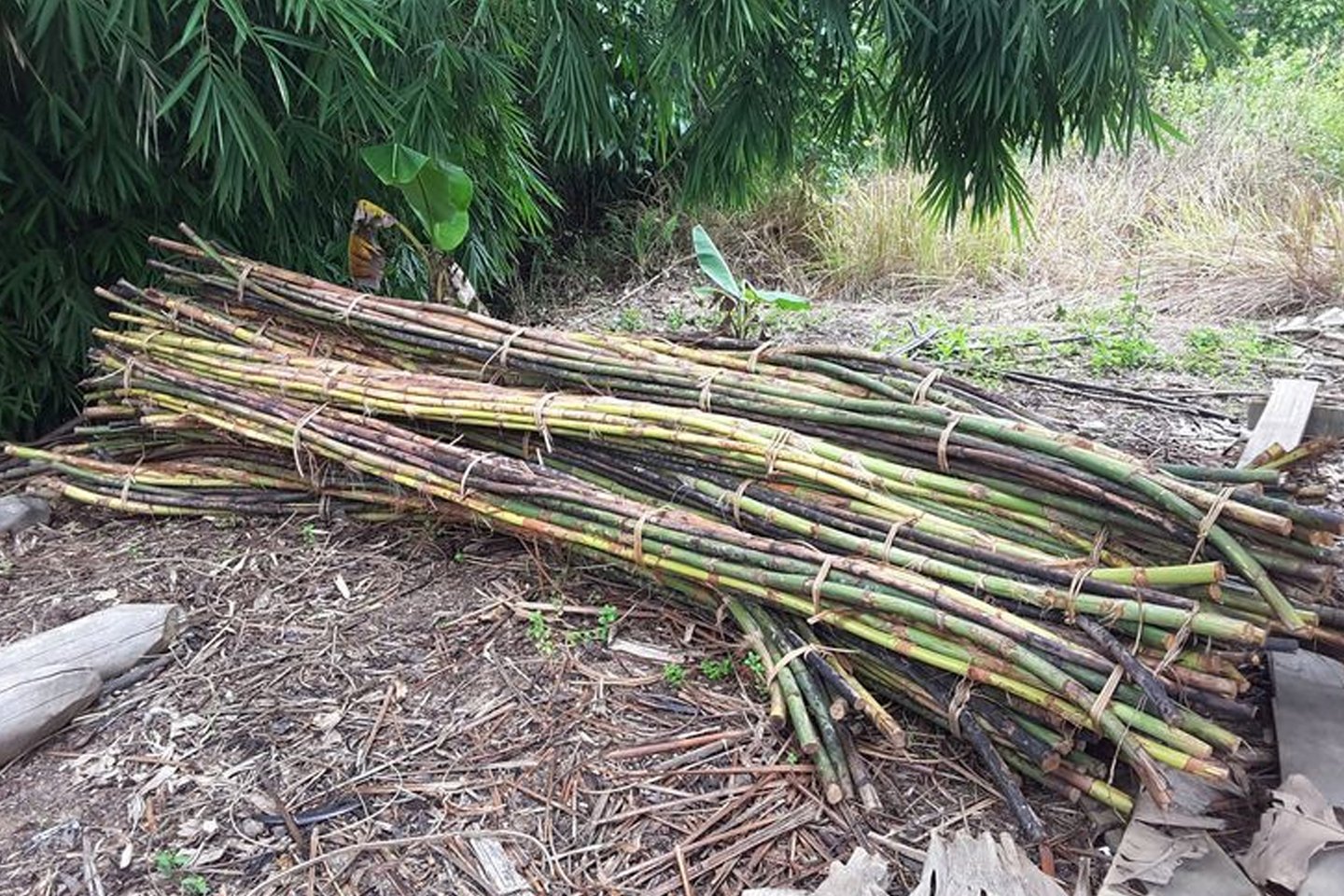
Rattan is a naturally non-toxic material, making it a safe choice for home furnishings and decor. Unlike synthetic materials, untreated rattan does not emit Volatile Organic Compounds (VOCs), which can compromise indoor air quality and cause respiratory irritation. Its breathable structure also helps regulate moisture, reducing the risk of mold and mildew growth, especially in humid environments. For those with allergies or sensitivities, rattan offers a hypoallergenic alternative to chemically treated furnishings. However, health concerns can arise during production at stages necessary to prevent discoloration and brittleness. Traditional curing methods often involve boiling the rattan in diesel oil to prevent insect infestation and mold, exposing harvesters to toxic fumes that can lead to respiratory issues. Sulfur-based solutions used for mold prevention can also release harmful gases, posing health risks to workers. The healthiest method, known as mechanical drying, involves heating the rattan in a kiln which effectively removes pests and mold.
Rattan is often praised for its environmental benefits due to its rapid growth, renewability and ability to thrive without the need for synthetic fertilizers or pesticides. As a climbing vine, rattan grows under the canopy of tropical forests, encouraging forest preservation by providing an economic incentive to protect rather than clear these ecosystems. However, unsustainable harvesting practices can lead to deforestation, habitat loss and biodiversity decline, especially when rattan is overharvested without allowing plants to regenerate. The processing of rattan can also have environmental consequences, as traditional curing methods produce harmful emissions and can contaminate local water sources if waste is not properly managed.
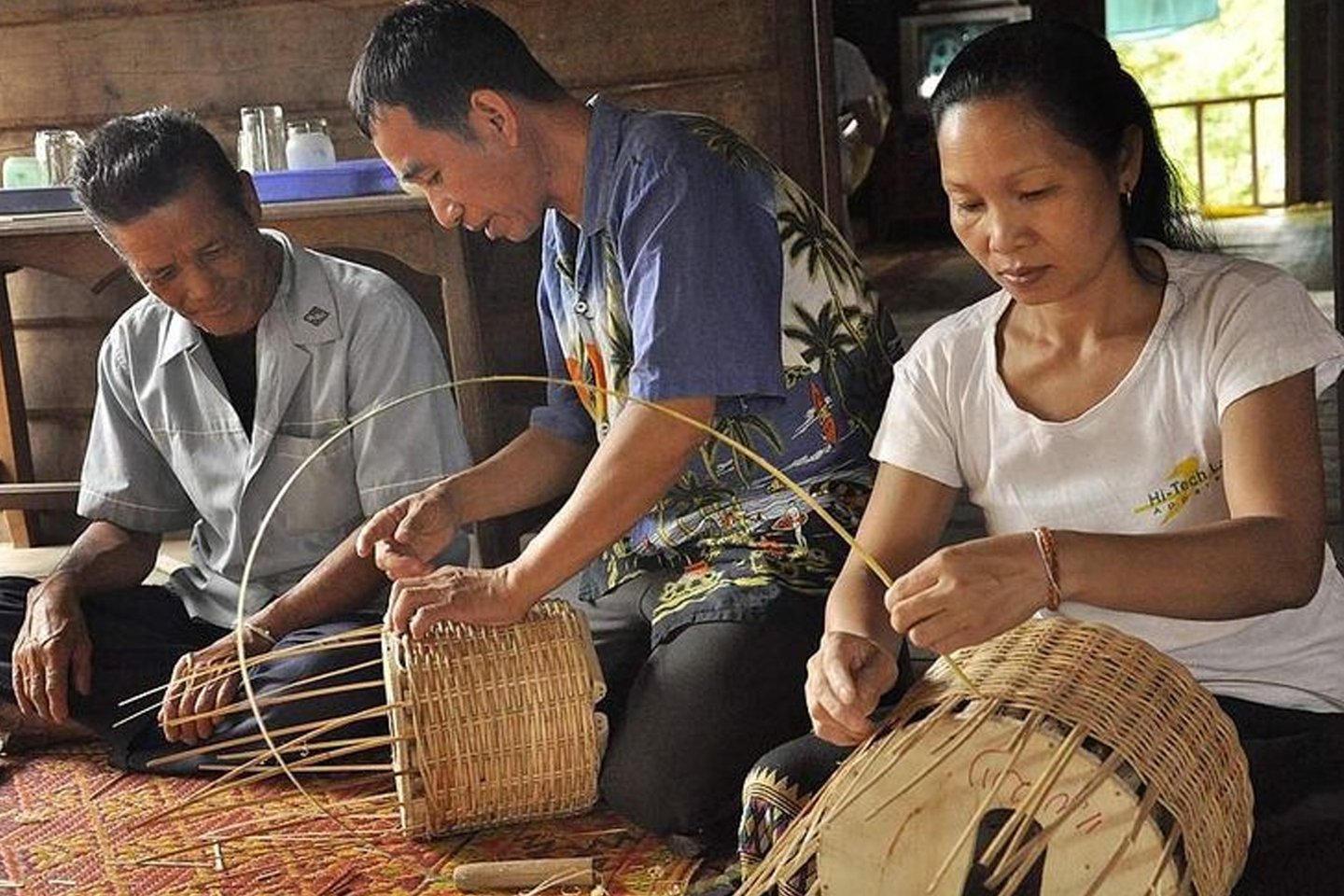
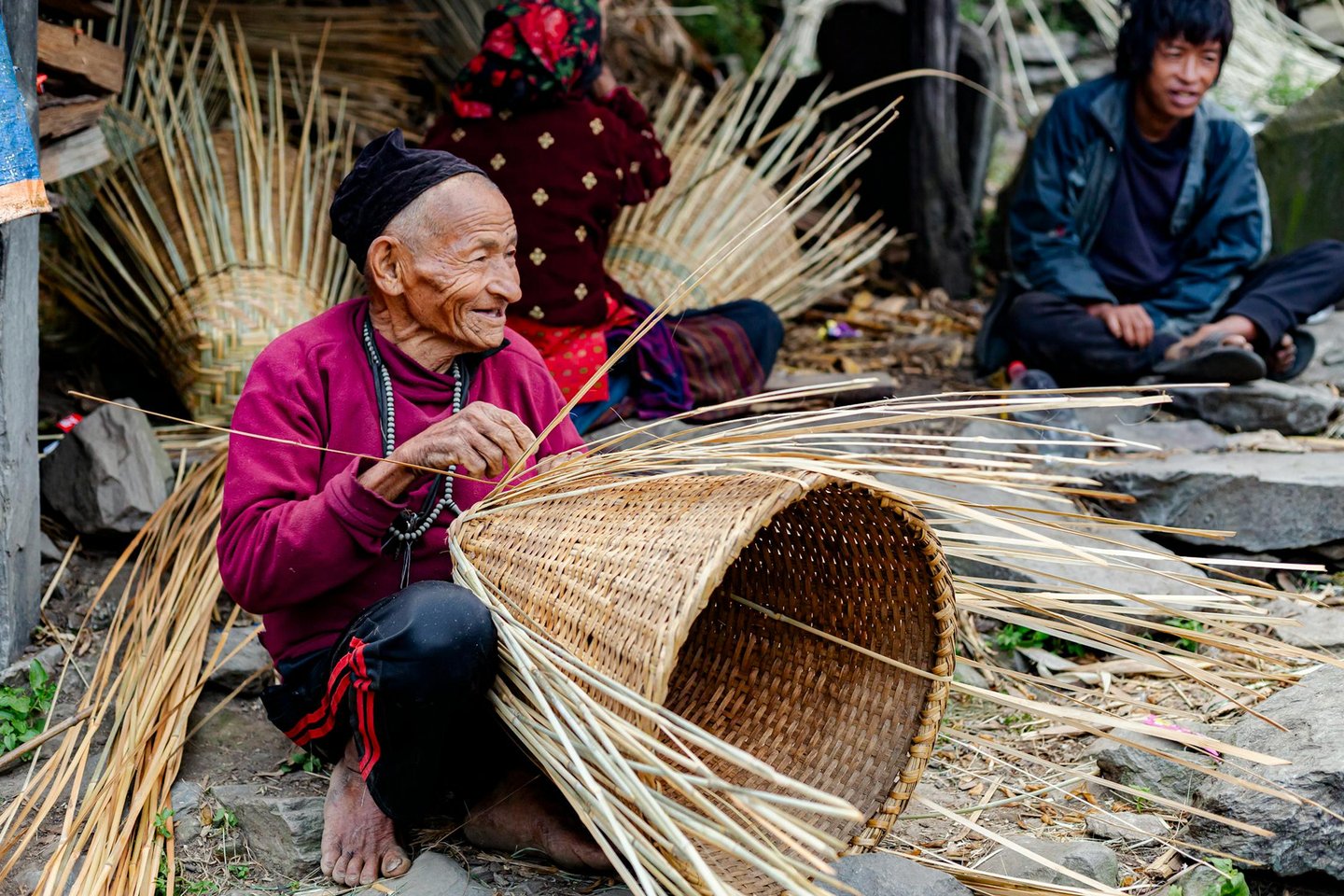
Rattan is often treated with finishes to enhance durability and appearance. Traditional products are left untreated or finished with natural oils and water-based varnishes, however, mass-produced rattan furniture frequently undergoes chemical treatments, including synthetic varnishes, stains and paints that may contain VOCs. Additionally, adhesives used in rattan furniture assembly, especially laminated or composite pieces, may contain formaldehyde-based resins. To minimize health and environmental risks, opt for products finished with low-VOC, water-based treatments and avoid items with glossy synthetic coatings.
When purchasing rattan products, certain terms can indicate chemical treatments. Avoid labels such as ‘weatherproof’ or ‘stain-resistant’, as these often signify the use of synthetic coatings, including PFAS-based treatments, which can off-gas chemicals. Similarly, ‘engineered rattan’ or ‘poly rattan’ refers to plastic-based alternatives designed to mimic natural rattan but lacking its biodegradability. Be cautious of ‘high-performance’ or ‘UV-resistant’ claims, which also imply chemical treatments.
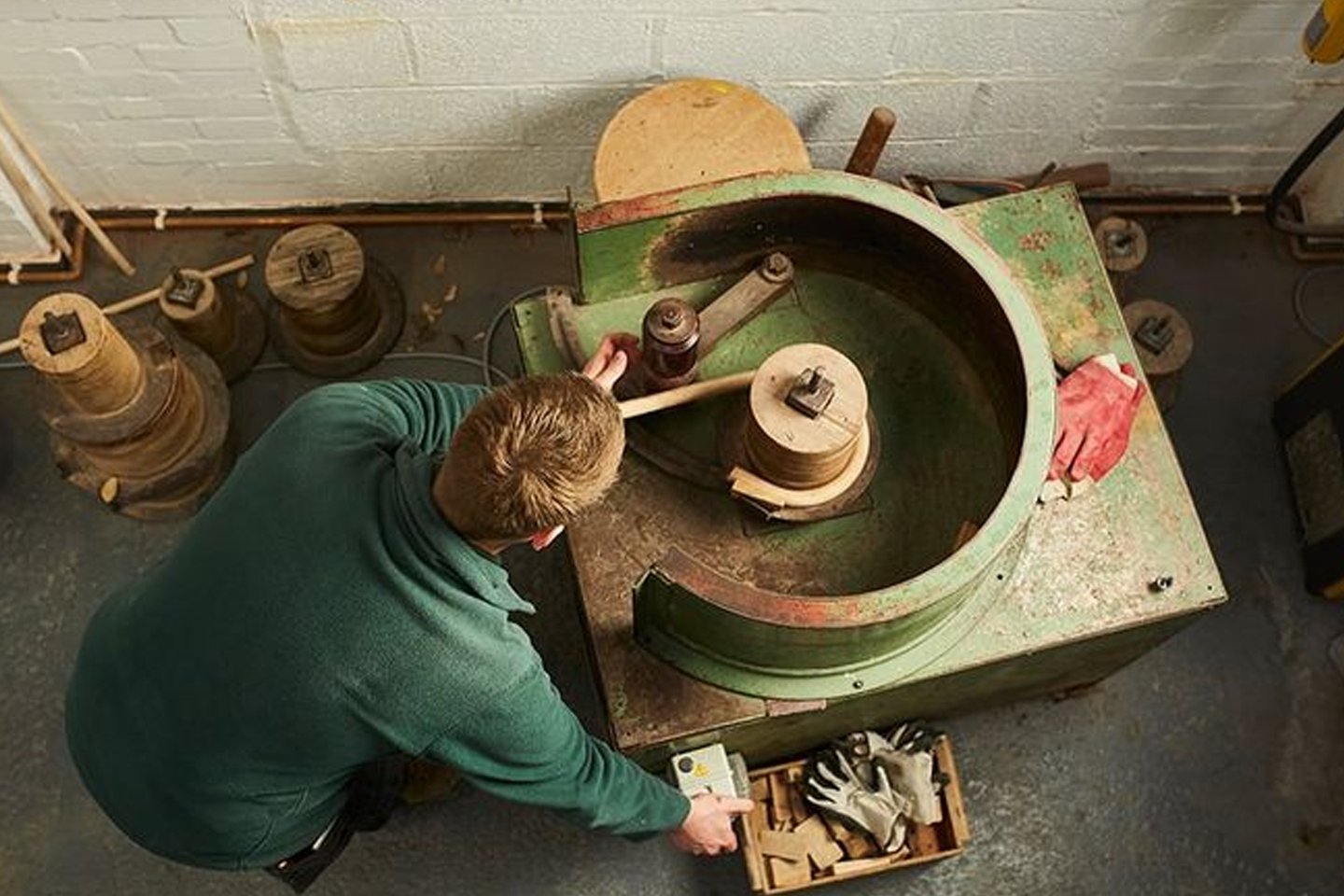
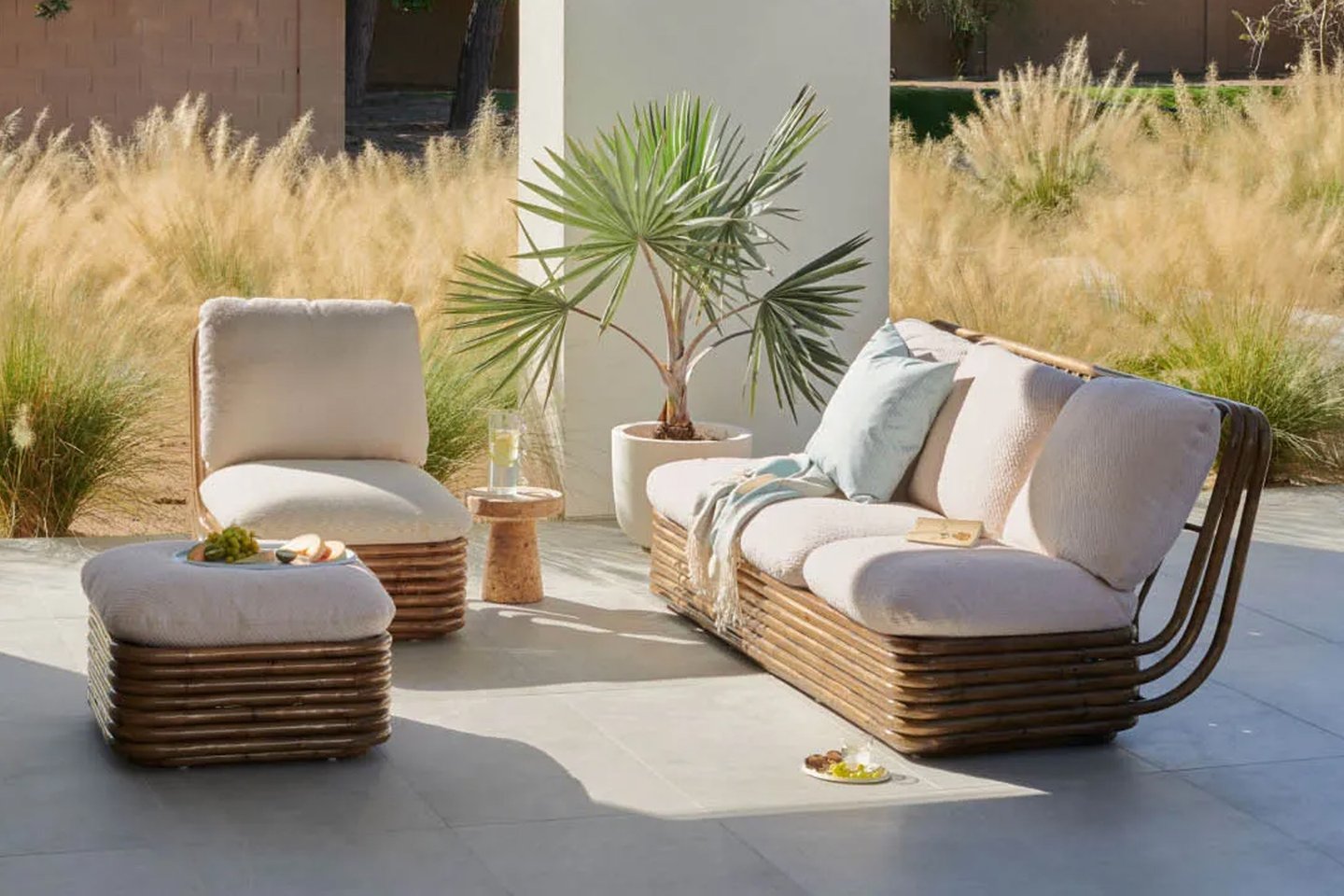
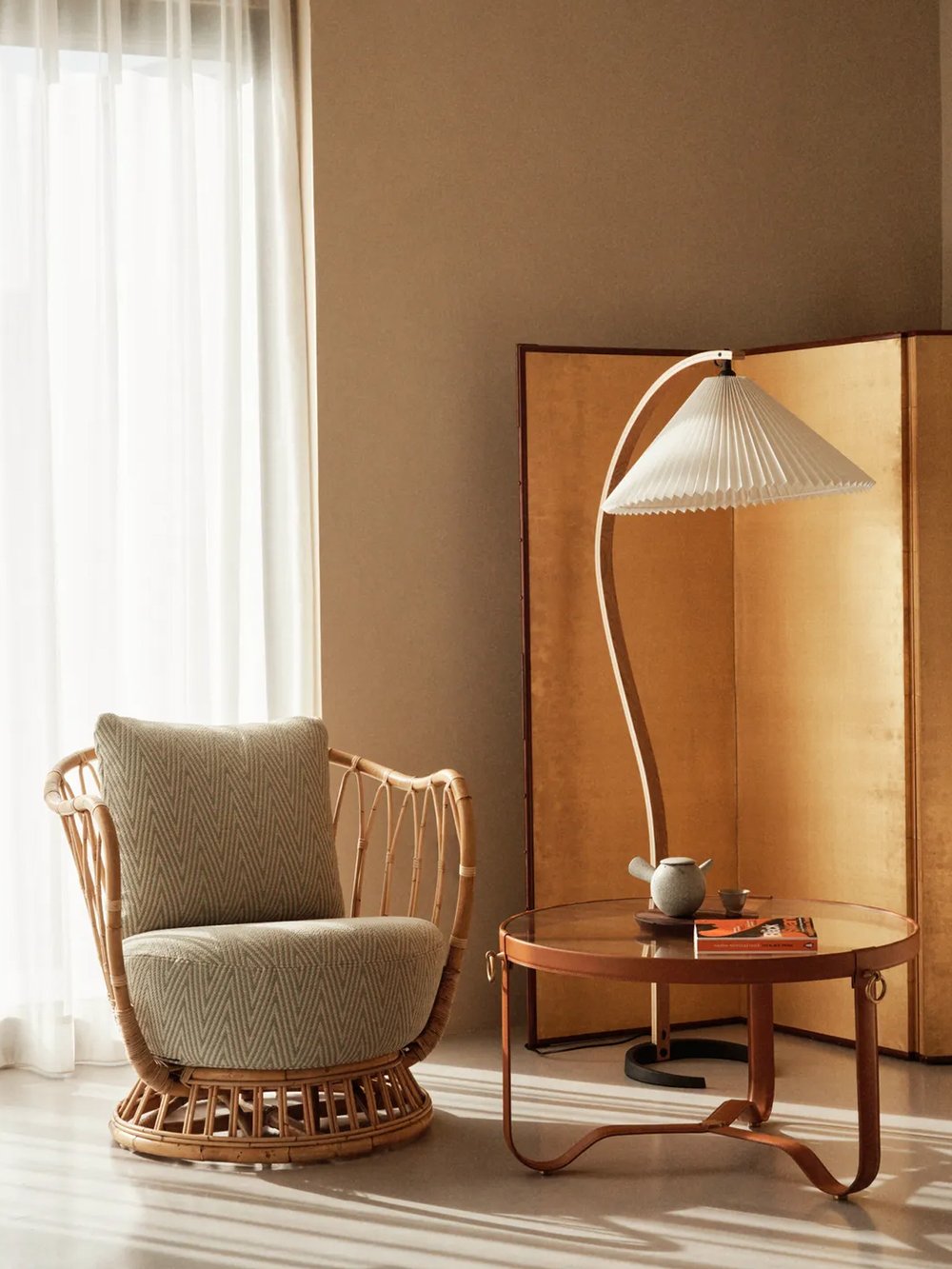
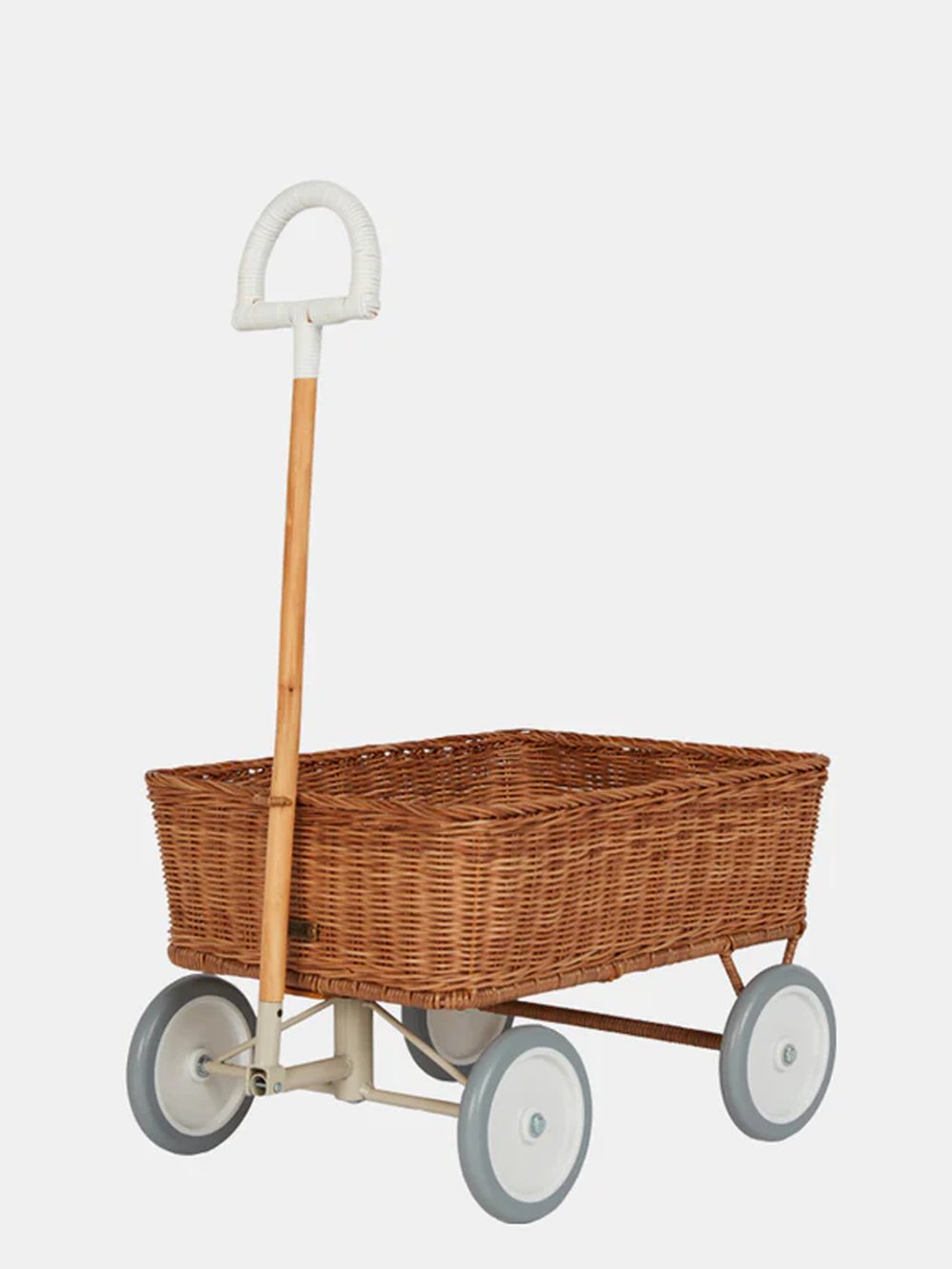
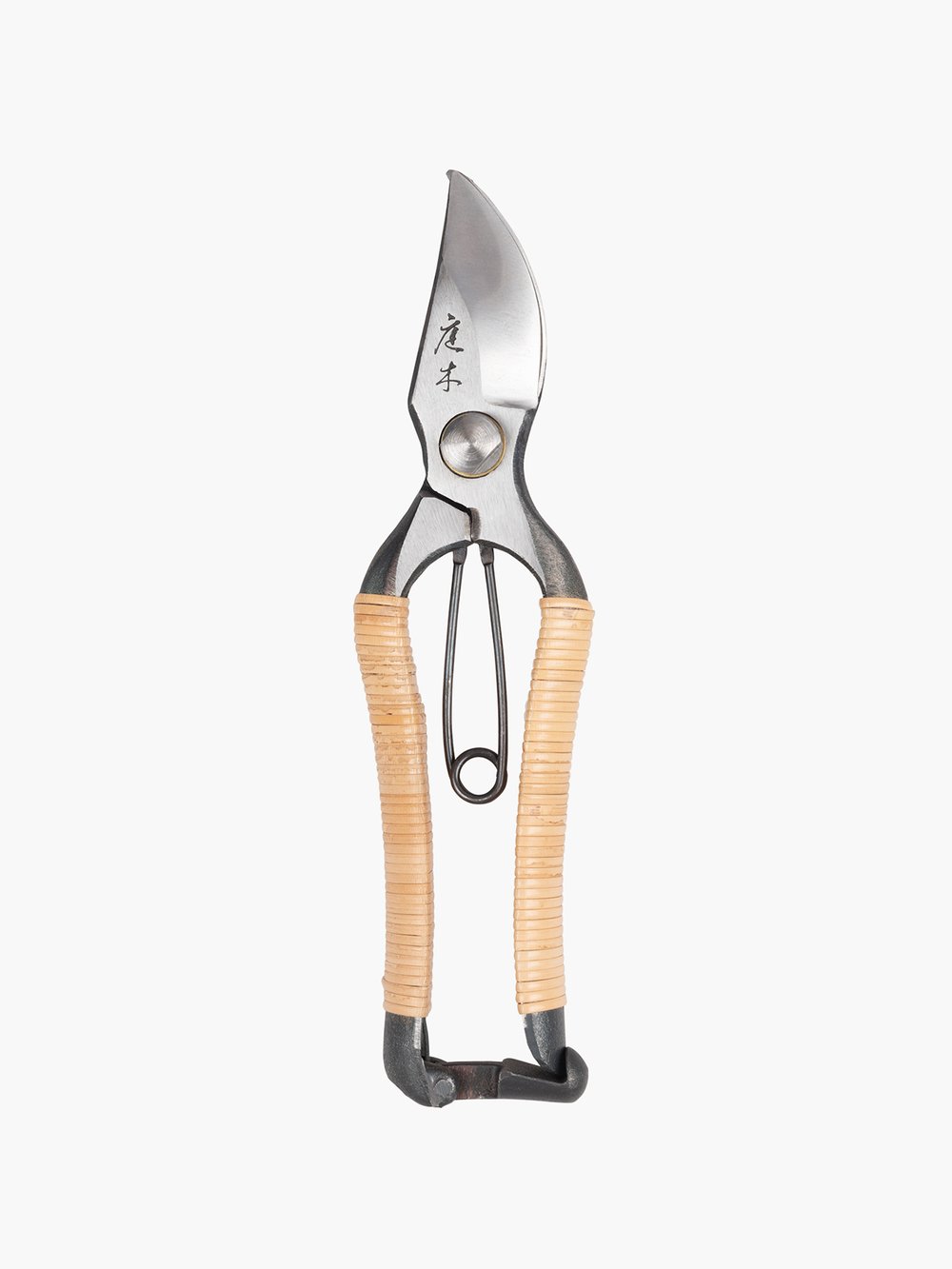
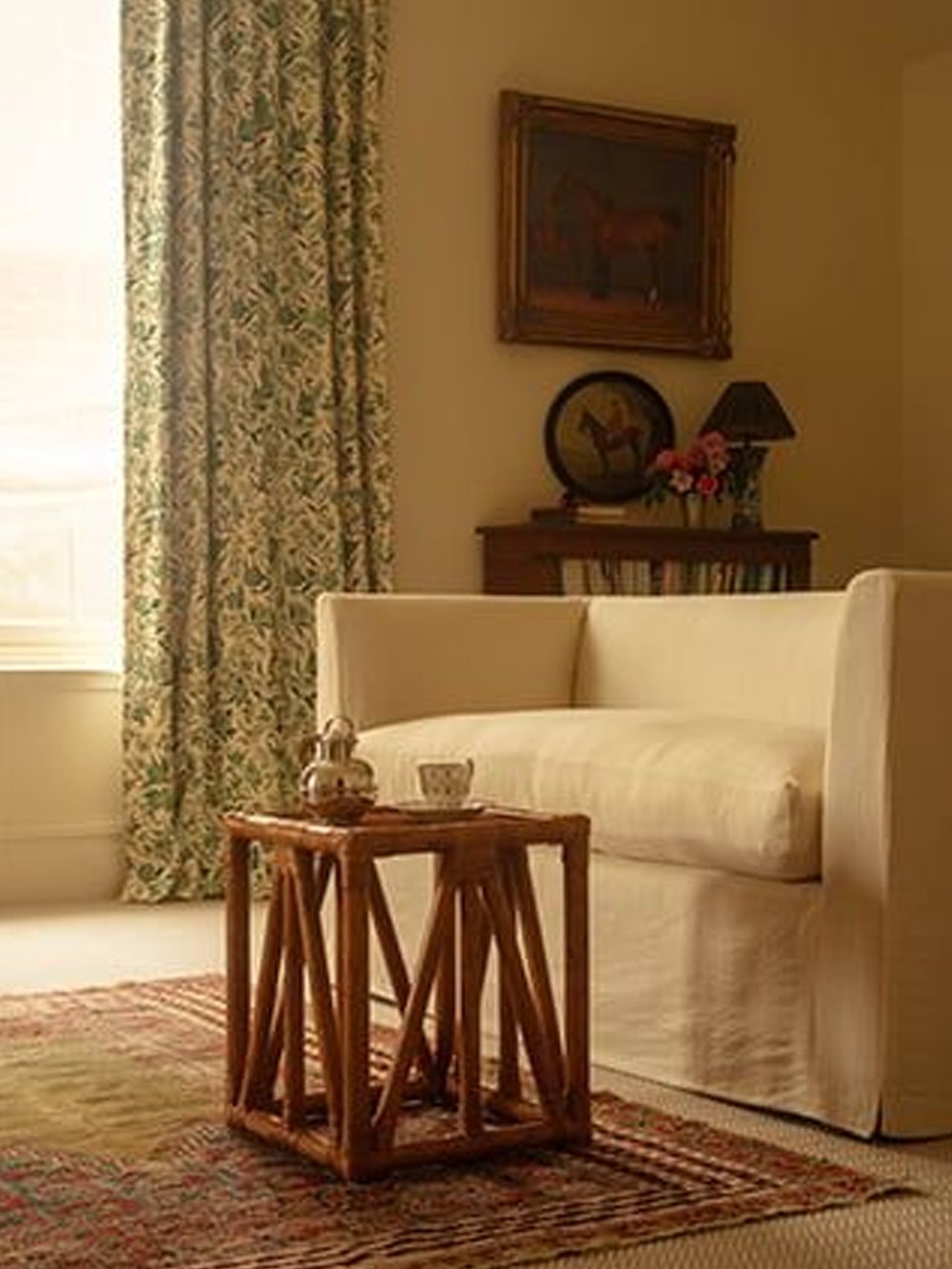

Feature Image: Tiffany Christie Freeman/Pexels
Photography: World Wildlife Fund, Noy Promsouvahn/World Wildlife Fund, Shailendra Dhakal/Pexels, Soane Britain, Gubi, Olli Ella, Niwaki, Obsolete Inc.


6 min read
WLLW traces the deep roots of natural materials used in artisanal crafts and their role in healthy and sustainable design.
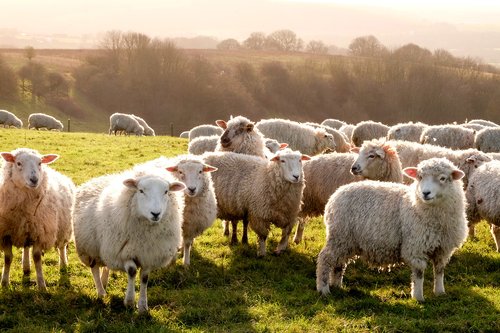
2 min read
WLLW explores wool’s rich history, natural health benefits and its enduring role as a sustainable, versatile material in interior design and everyday living.